How did you get involved in the racing industry?
My father was a flat jockey, Johnny Roe. He was a nine-time Irish champion flat jockey back in the 60s and 70s. He rode over 2,500 winners in his career both in Ireland and overseas, so it was in the blood and I was always going to have an involvement in racing.
Tell me about your homebred Arugam Bay, she didn’t sell last November?
We’re only very small operators from a breeding point of view, we only have two mares. Opportunities for us are quite limited as all of our eggs are in one or two baskets. We don’t have the benefit of large numbers of mares so the risk is a lot higher.
Going to the sales, when you only have one or two to sell can be quite daunting. If one or both don’t do well, that’s it for the year, you’re in or you’re out.
In this case, Arugam Bay was well prepped by Olive O’Connor, but there was just no interest in the ring. There’s such a wide selection of horses there for the buyers, and you’re trying to fight your way in to get people to see her, but if the interest isn’t there, there’s not a lot you can do.
We ended up bringing her home and decided then to take a chance with her ourselves and put her into training. We got Patrick O’Sullivan to break her for us and he did a fantastic job. She went down to Harty’s (Eddie and Patrick, trainers) then and from the word go they were very keen on her.
She’s a precocious filly and she got straight into training mode. She took to it very well and was very professional about her work. She’s gone on to win now so hopefully we can build on that.
How did you get involved with the Hartys?
I had an involvement in a National Hunt horse called American Money. He’s in training with the Hartys and a group of friends bought into him.
He’s won several races and we’ve had a lot of fun with him, so I got to know the Hartys though him. They’re a well-known racing family through many generations in the industry and are held in very high regard. They know how to produce a racehorse for the track so I was very happy to put her with them.
They’ve done a great job with her. She’s not the easiest and she has her own way of doing things, and they’ve worked with that.
She looks like a filly to took forward to now?
Looking through the racing at Royal Ascot, I’ve seen a few names in there of horses that she’s been in company with. I think she won the race well so we’re quite hopeful. She definitely got the six furlongs, but we have options with her and we’re not going to rush her. She’s a nice filly so we’d like to build on what we have and take our time. I think we’re going to step her up in trip. She looks like she can handle it so we’re going to look for a suitable race for her over the coming weeks.
Were you confident going into the race at Fairyhouse?
I was more hopeful than confident. I felt that if she ran a good race, she would be in the first three, but I thought there were a few very good horses in the race. I didn’t know if she’d be good enough to beat them but she was, and I’m very happy about that. The Irish EBF Auction Series is a good opportunity for smaller breeders that are operating on a budget to be able to consider taking their horse back from the sales and putting them in training. with a view to winning one of these races. It gives the guys working on a budget a better opportunity to win a race, and also the €10,000 voucher to go back to the sales in a very attractive incentive.
What are the main challenges you face as a small owner/breeder?
As a small owner/breeder, it’s difficult to compete with her number of horses at the sales. There’s a lot of luck involved, and you have to produce something standout on the day, with either an excellent pedigree or with a recent winner in the family. There’s so many factors, so you at least need to stand out on the day and get people to look at the horse before you get to the ring and try and generate the interest there. You’ve got to work within your budget as well. When the stallion book comes out every year, I sit down and go through it in detail to find the best value for money. Joe Foley in Ballyhane has a great eye for stallions and always has good value in his yard in terms of being able to pick a sire that’s commercial and will repay the breeders. Dandy Man was a good case in point here. He was a very strong commercial stallion and a good prospect for breeders. I think Sands Of Mali represents the same opportunity. Both of my mares are in foal to Sands Of Mali.
What young stock have you got at home?
I have a half-sister to Arugam Bay by Lucky Vega, and she’s very nice. I also have a yearling filly by Soldier’s Call out of our other mare, who is out of a half-sister to Enable.
Will it be harder for you to sell your homebreds now after Arugam Bay’s success?
Absolutely! It really throws the cat amongst the pigeons when you see what can happen. Of course, they say lightning never strikes twice, but you never know! It’s a difficult choice to make, but it’s a good problem to have. Having a homebred winner is totally different, because it indicates the efforts that you’ve made over the years, and the hard work that you’ve put into the horses every day trying to produce them. It makes it all worthwhile. We treat them like our pets, and maybe that’s not the right thing but that’s how it is with us.
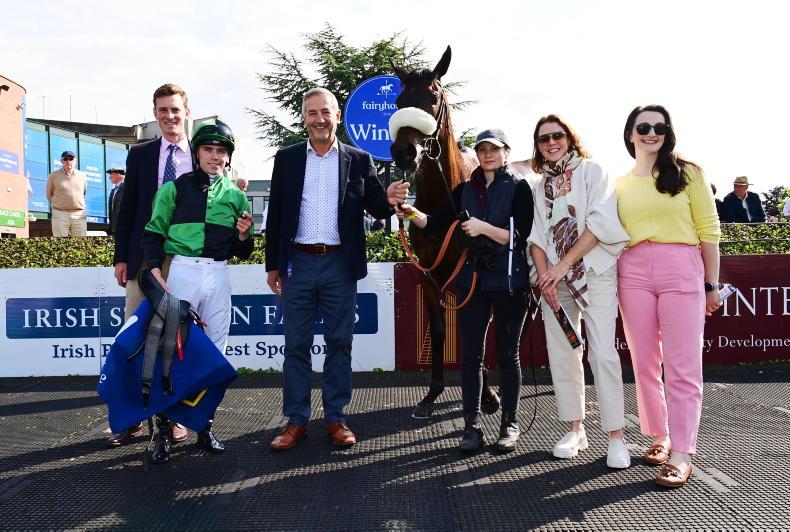

 This is a subscriber-only article
This is a subscriber-only article
 It looks like you're browsing in private mode
It looks like you're browsing in private mode
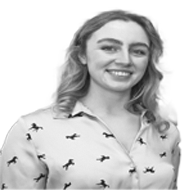




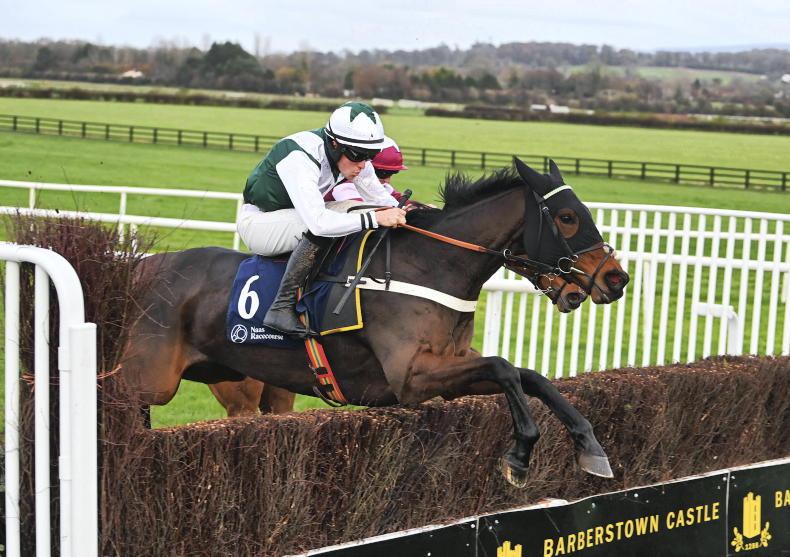
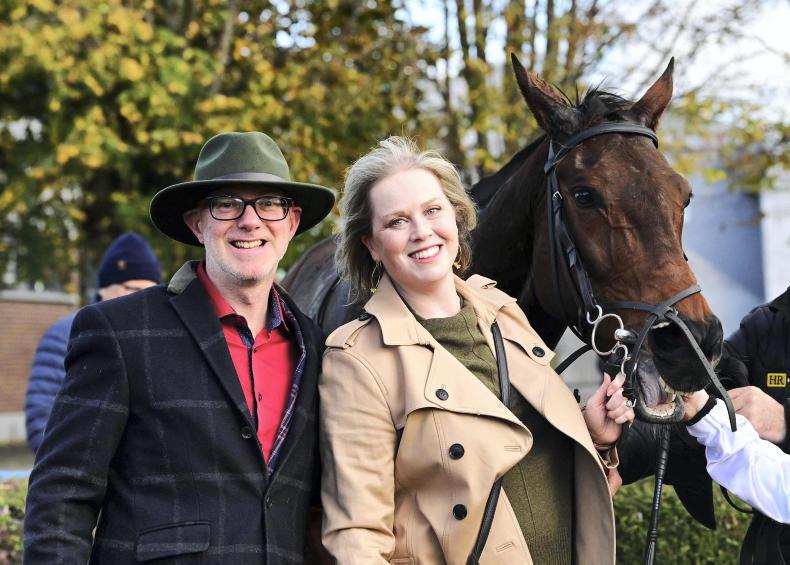
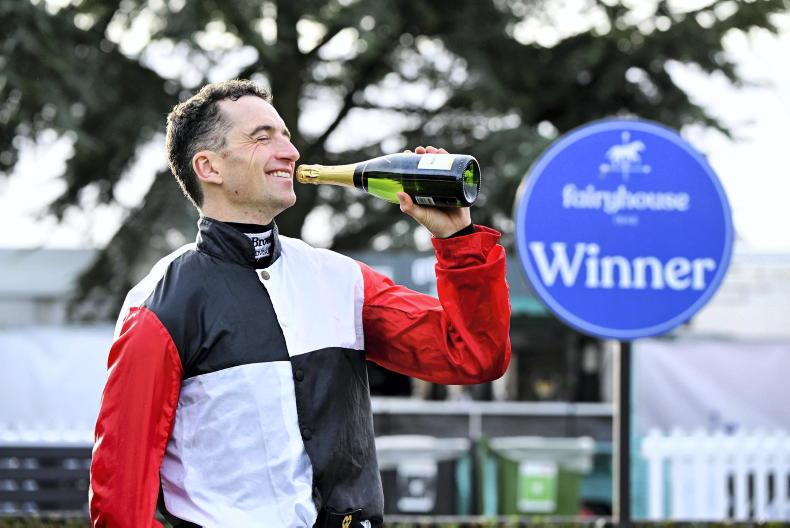


SHARING OPTIONS: